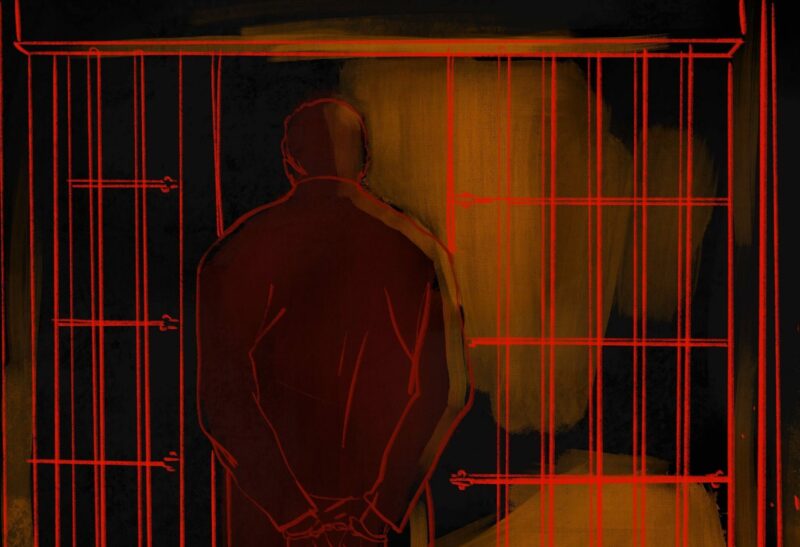On Monday, Baku and Yerevan accused each other of violating the U.S.-brokered ceasefire in the month-long fighting between Armenian and Azerbaijani armed forces, casting doubt on international efforts to bring the new flare ups over the mountainous enclave of Nagorno-Karabakh to an end.
The
truce
came into force at 8 a.m., after Azerbaijani Foreign Minister Jeyhun Bayramov met with his Armenian counterpart Zohrab Mnatsakanyan and Deputy Secretary of State Stephen Biegun in Washington on Saturday.
So far, two Russian-brokered ceasefires have failed.
Shortly after the agreement, Hikmat Hajiyev, aide to the Azerbaijani president, said that Armenia violated the humanitarian ceasefire by beginning to shell in the direction of Lachin region.
Armenian Defense Ministry spokesman Shushan Stepanyan also accused back, saying the ceasefire was violated by Azerbaijani armed forces at about 9:10 a.m. in the morning.
“The Azerbaijani side targeted positions located in south-eastern direction, firing 5 artillery shells in that direction,” Stepanyan said on her Twitter account on Monday.
According to Hajiyev, some other densely populated areas that are far away from Nagorno-Karabakh, namely Gadabay, Tovuz and Dashkasan, came under fire from Armenia´' Berd, Chambarak and Vardenis regions during the ceasefire.
Azerbaijani President Ilham Aliyev in his address to the population also confirmed the violation of the ceasefire.
“I have been informed that Armenia has again violated the ceasefir, although I have instructed our troops to be cautious,” Aliyev said on Monday.
Baku claimed Yerevan does not implement and abide by the humanitarian ceasefire but instead uses it to bring its forces together to fire on civilians and gain new positions.
Hajiyev also added that Baku will be reporting the violation of the ceasefire to the co-chairs of the OSCE Minsk group that has been officially regulating the conflict since early 1990s, when Armenian and Azerbaijani forces went to war over Nagorno-Karabakh. Over 30,000 people died.
During that war, Nagorno-Karabakh and seven adjacent territories, that are within Azerbaijan under international law, were occupied by Armenian armed forces. Armenians regard the enclave as their homelands, though Azerbaijan says the occupied territories must be returned in the name of the country's territorial integrity.
Representatives of the OSCE Minsk Group, led by France, Russia and the United States, also participated in the talks. The group said its co-chairs and the foreign ministers agreed to meet again in Geneva on 29 October.
(embedded content removed)
A spokesperson for the Armenian Defense Ministry said that her country strictly adheres to the agreement reached in the United States and that the accusations of the Azerbaijani side have nothing to do with reality.
Armenian Prime Minister Nikol Pashinyan also wrote on his Facebook page that the Armenian side “will continue to strictly adhere to the ceasefire regime.”
The death toll rose on both sides, with Nagorno-Karabakh saying 974 of its military personnel have been killed since 27 September. Azerbaijan says 65 Azeri civilians have been killed, and has yet to disclose its military casualties.
Russian President Vladimir Putin said last week that 5,000 people might have been killed in the fighting.



